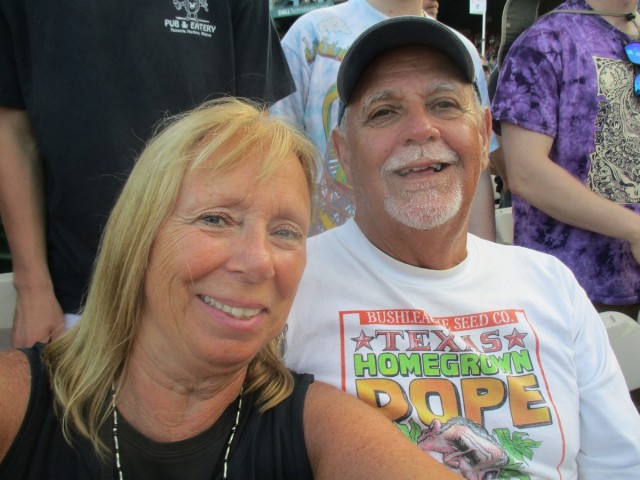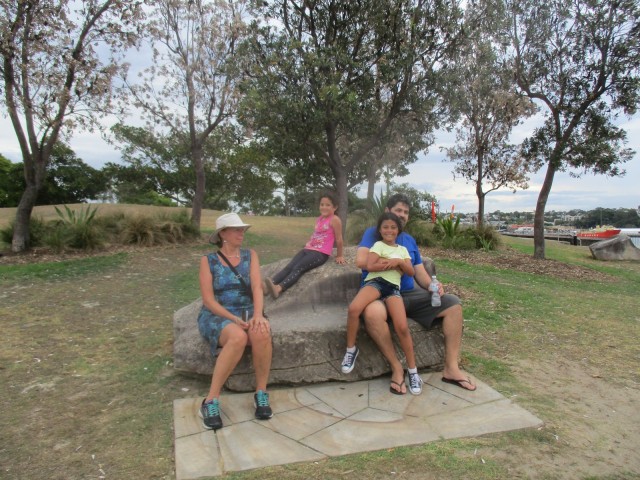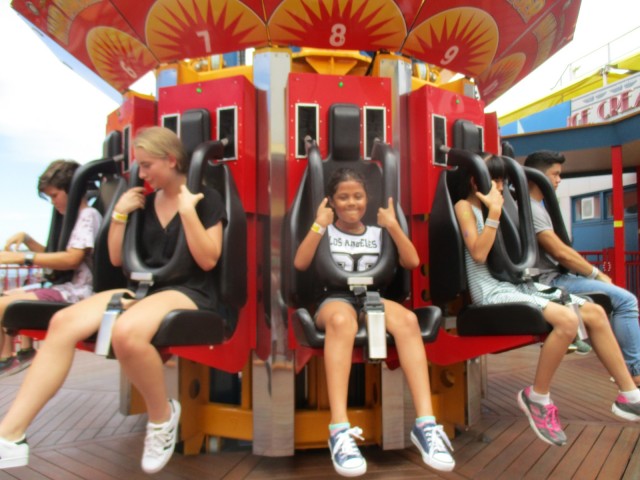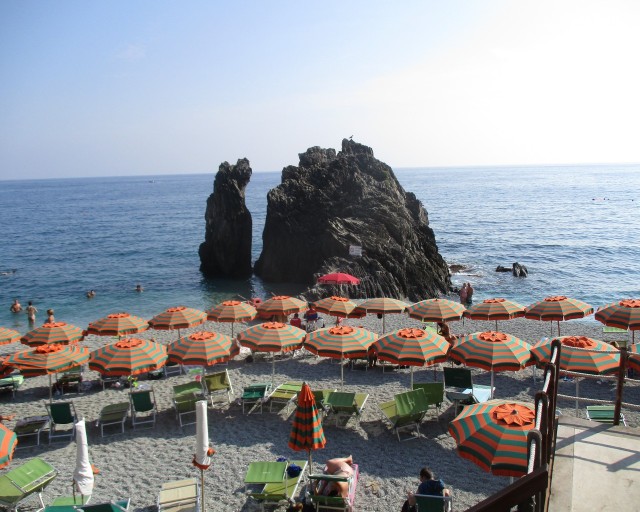1958. That’s when Ken Anderson and I began sailing in night races at Edgewood Yacht Club in our Beetle cat boats. The Beetle is perhaps the safest boat of all to learn how to sail. Two halyards, a main sheet, and a tiller. It is half as wide as it is long, which makes it incredibly stable.
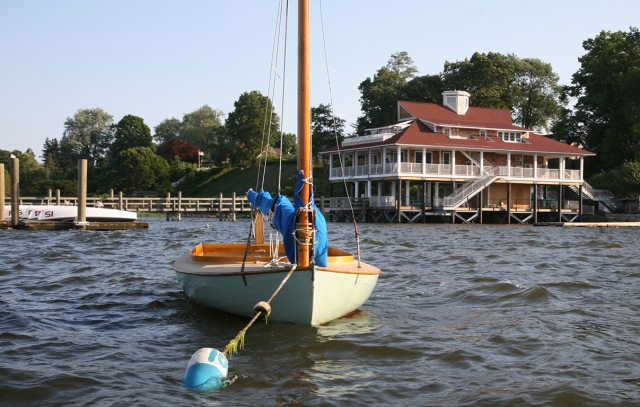 With a rudder that barely extends 8″ into the water, if a puff of wind comes along and heels the boat over too far, the rudder loses its leverage and the boat automatically rounds up safely into the wind. No wonder our parents never worried about us being out on the water in our Beetles.
With a rudder that barely extends 8″ into the water, if a puff of wind comes along and heels the boat over too far, the rudder loses its leverage and the boat automatically rounds up safely into the wind. No wonder our parents never worried about us being out on the water in our Beetles.
On many a Friday night, a large contingent of young sailors like Ken and myself would set off from Edgewood to sail to Barrington, or Bristol, or East Greenwich, or Coles River so we could participate in a weekend regatta. Often we would stop along the way at Rocky Point to ride the rides and eat some clam cakes before moving on to our destination.
Sailing teaches us about nature. An old expression says, “We cannot control the wind. We can only adjust our sails.” Sailing teaches patience. You will get there when the wind permits you to get there and not one moment before.
There are many boats far more complex than a Beetle, festooned with a welter of masts, sails, and lines for controlling this and that. But the skill of sailing is the same — knowing how to navigate, understanding what the wind is doing and why, learning about tides and currents — they are all part of the subset of knowledge that sailors come to understand instinctively.
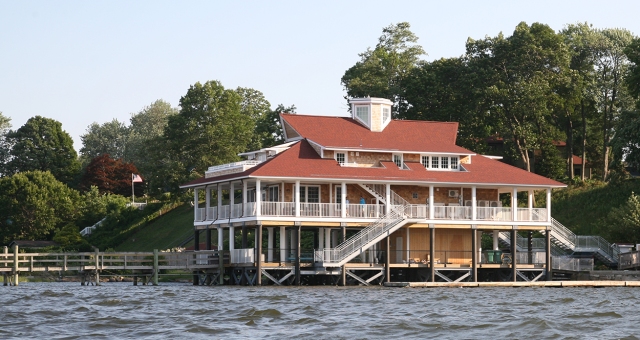 Edgewood Yacht Club is where Ken and I learned those lessons under the watchful eye of Mackie Horton, back when Eisenhower was in the White House, cars had tail fins, and the hula hoop was about to become a cultural icon.
Edgewood Yacht Club is where Ken and I learned those lessons under the watchful eye of Mackie Horton, back when Eisenhower was in the White House, cars had tail fins, and the hula hoop was about to become a cultural icon.
The yacht club was the center of our social life. We fell in love there, danced under the stars at sock hops as Danny and the Juniors did the Bristol Stomp, and hung out with all the other kids during long, lazy summer afternoons.
The Edgewood Sailing School is dedicated to teaching people of all ages how to sail. It has a fleet of Rhodes 19’s — generic sloop rigged daysailers — it uses as little laboratories of sailing lore. Wednesday nights are reserved for adult racing and that’s why Ken and I were there.
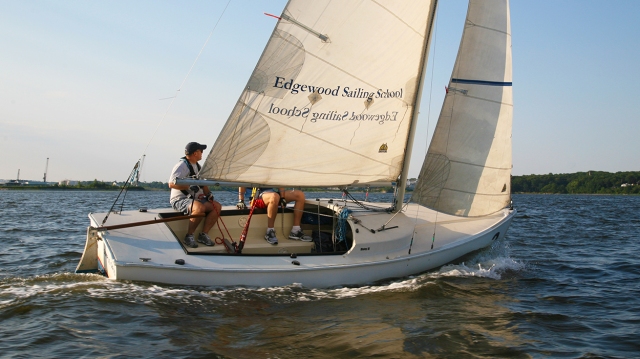 There is something timeless and immutable about Narragansett Bay. The old clubhouse we grew up with is gone, burned to the pilings several years ago. In its place, a brand new clubhouse has emerged, one that looks a lot like the original right down to the iconic red shingle roof that was a beacon to sailors since the late 1800’s.
There is something timeless and immutable about Narragansett Bay. The old clubhouse we grew up with is gone, burned to the pilings several years ago. In its place, a brand new clubhouse has emerged, one that looks a lot like the original right down to the iconic red shingle roof that was a beacon to sailors since the late 1800’s.
Sabin Light is gone but Port Edgewood is still there to the north, the Milk Bottle still stands offshore to the east, Rhode Island Yacht Club is still a few miles south. Gaspee Point, Connimicut Point, Nyatt Point — all the familiar landmarks that define the upper Bay are still there.
Last Wednesday night, Ken and I went sailing at EYC again, sixty years after we began doing so long ago. As we sailed out to the starting line, it was as if time itself had slipped back a notch or two. It was 1958 all over again as we jockeyed for position at the starting line.
Our brains struggled to remember all the rules of the road we were taught long ago. Do we leave that mark to port or to starboard? Can we slip between that other boat and the committee boat at the start? Do we have to give somebody else room at a mark?
We sailed 5 short races that night and won three of them. We won some starts and got passed on the course. We lost some starts and passed other boats on the course. We tried to remember what we learned long ago about where the wind would be strongest and the current the weakest. We had to unpack all our old knowledge about match racing and tactics. And we had a huge amount of fun!
When it was over, the person running the races remarked he had not seen quite that level of competition in some time. We secured our boat at the mooring, saluted our worthy adversaries, and clambered onto the dock just as the cannon fired to announce that sunset had officially occurred.
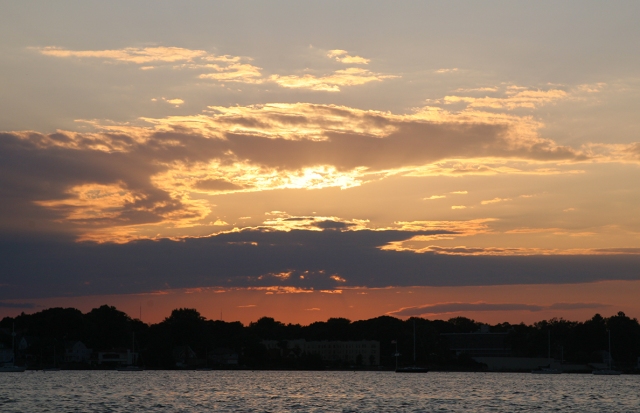 To top it all off, the Block Island ferry came steaming up the Bay on its way to Providence just as it did in 1958. True, today it is a modern fast ferry and not the stately old steamer from long ago but the nostalgia was the same — the boats bobbing at anchor, the ferry, streaks of sun ricocheting off the clouds as the sun slid below the horizon, the sound of the water slapping at the dock.
To top it all off, the Block Island ferry came steaming up the Bay on its way to Providence just as it did in 1958. True, today it is a modern fast ferry and not the stately old steamer from long ago but the nostalgia was the same — the boats bobbing at anchor, the ferry, streaks of sun ricocheting off the clouds as the sun slid below the horizon, the sound of the water slapping at the dock.
There is an expression I like that goes like this: “Life is not measured by the number of breaths we take but by the number of moments that take our breath away.” Last Wednesday night was one of those moments. Let’s do it again, Ken, and soon!
Photos by Ken Anderson

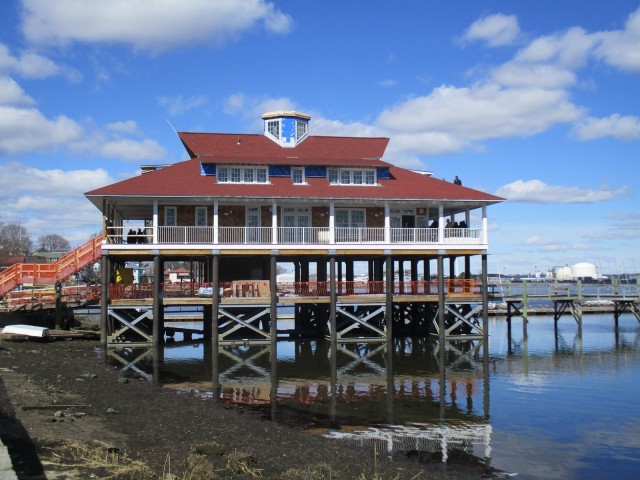
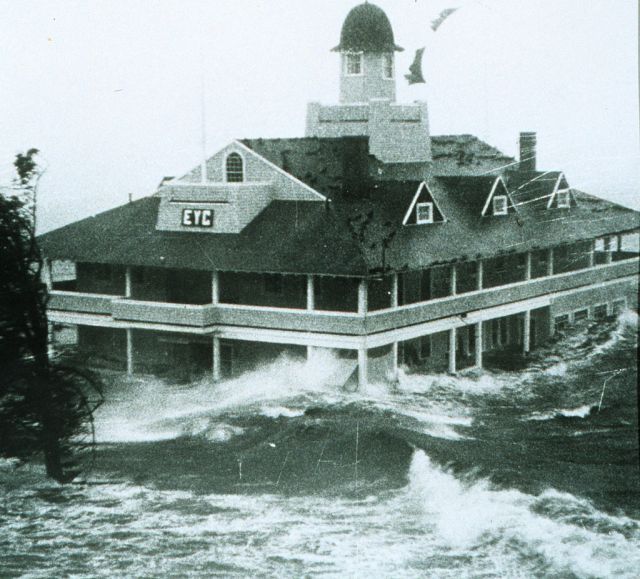

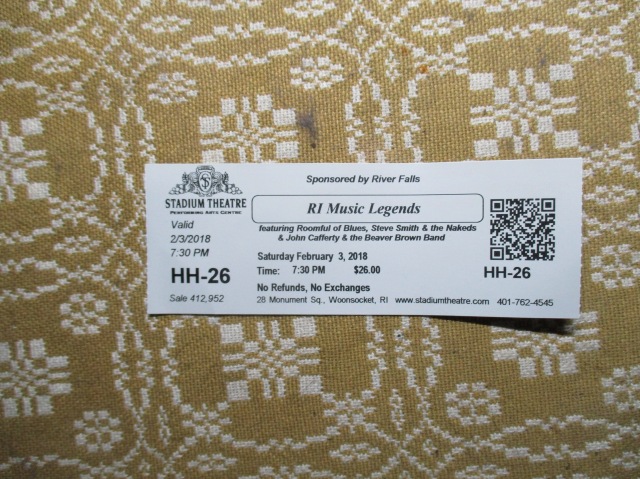


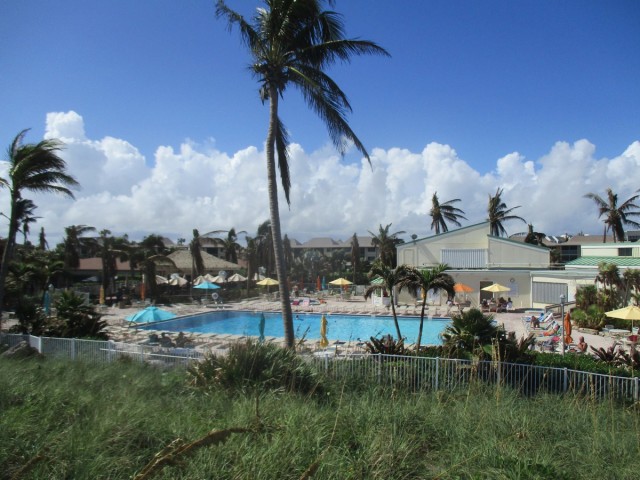
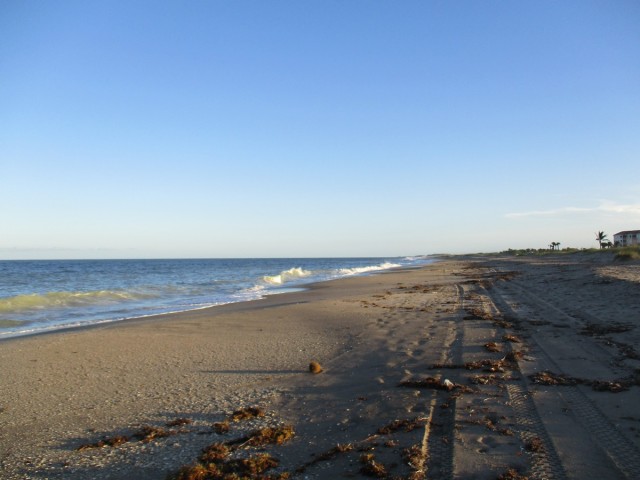

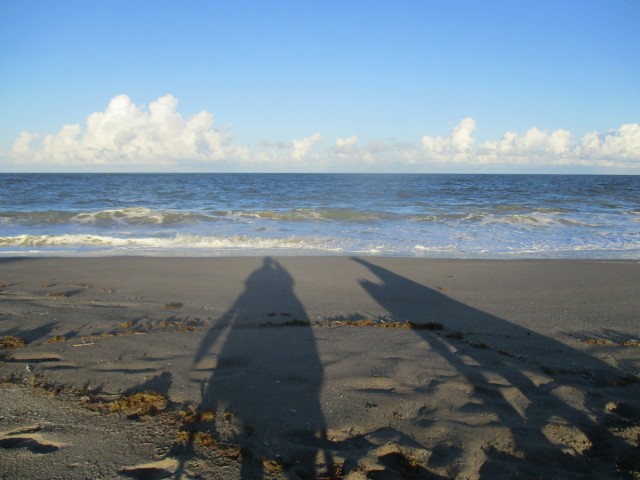
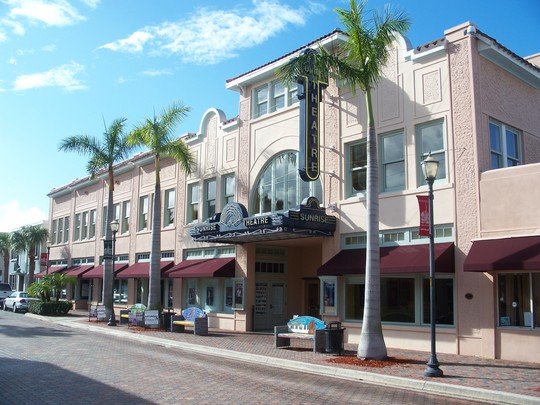

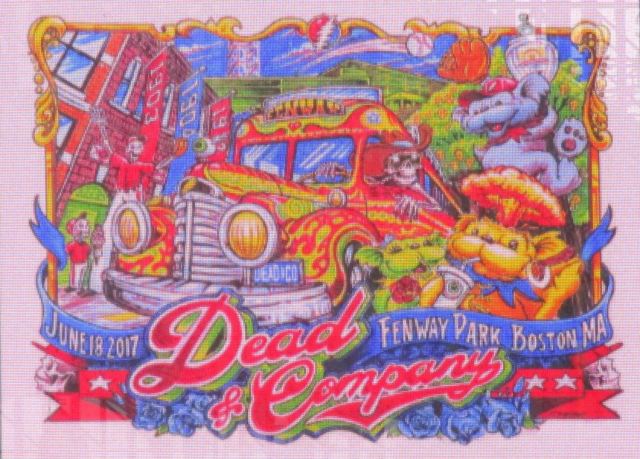
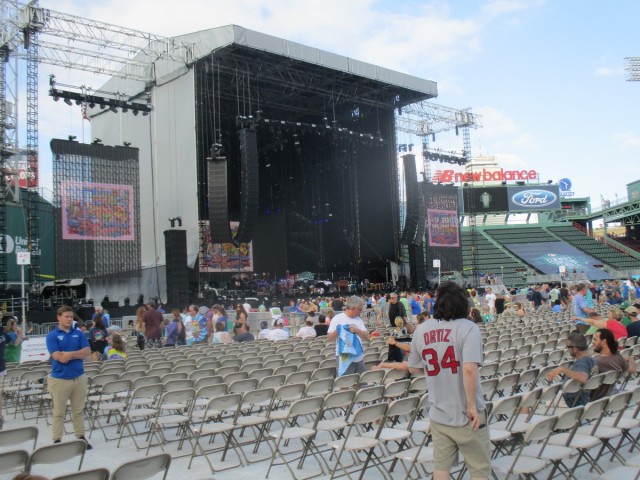
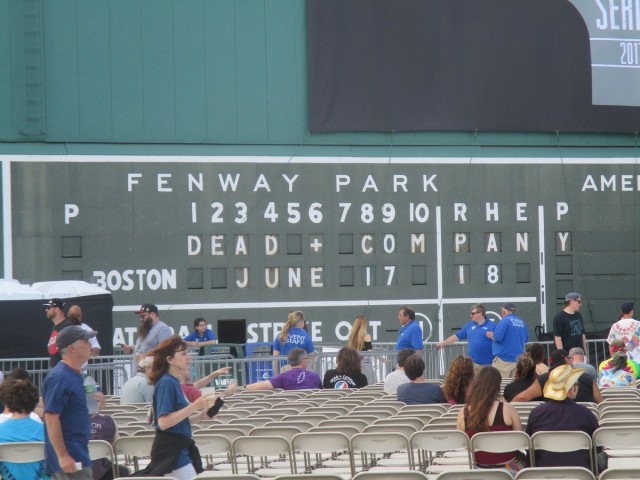
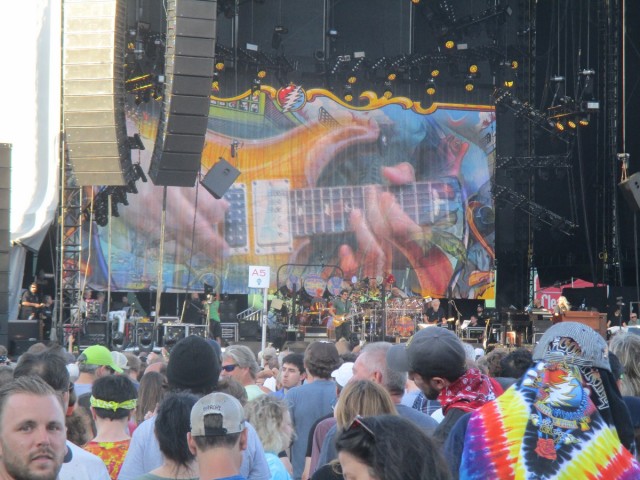 The video accompanying this post was taken on my Sony point and shoot camera, which may account for its modest sound quality. It captures the first four minutes of Truckin’, one of the only Dead songs to ever hit the Top 40.
The video accompanying this post was taken on my Sony point and shoot camera, which may account for its modest sound quality. It captures the first four minutes of Truckin’, one of the only Dead songs to ever hit the Top 40.